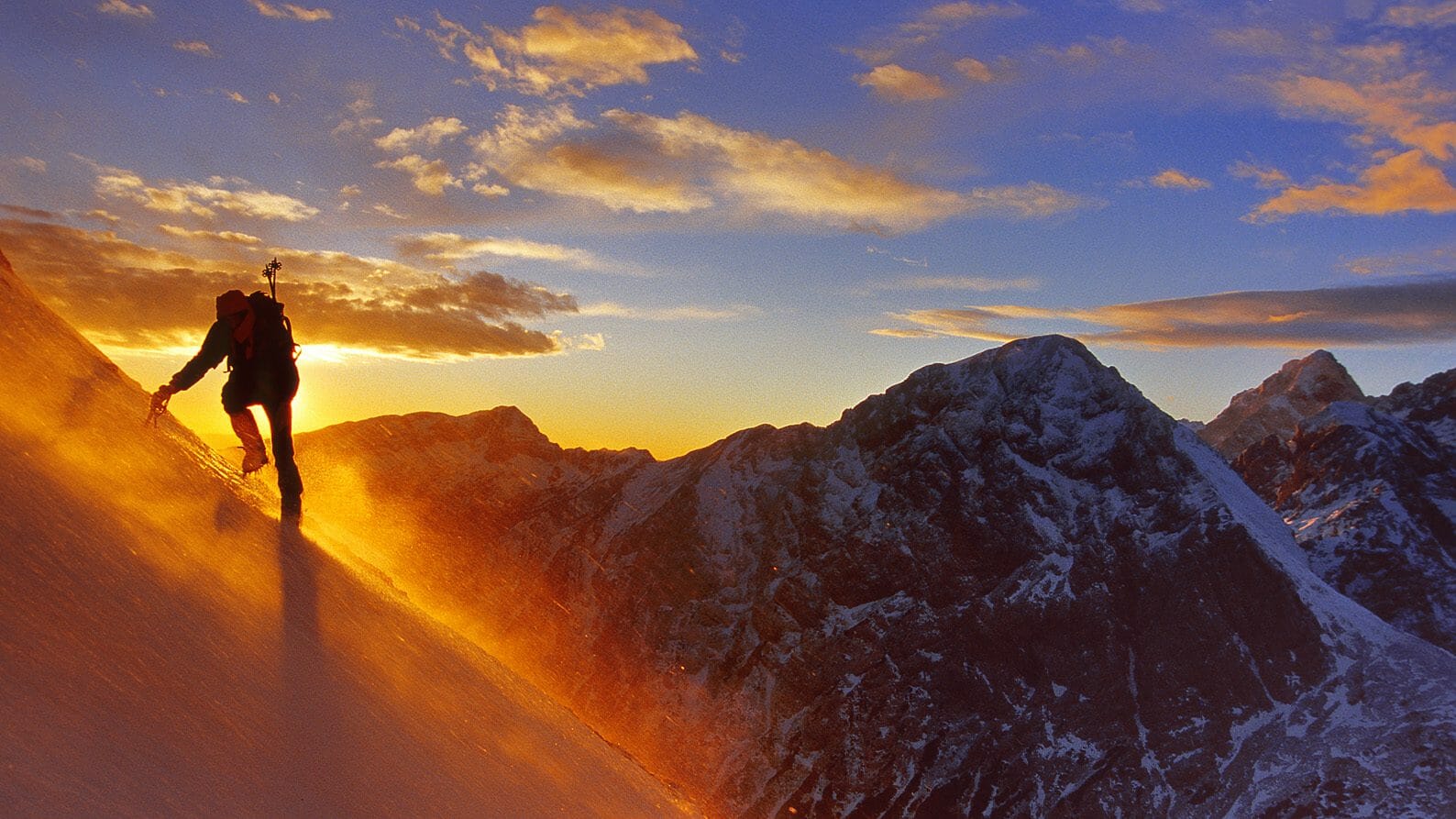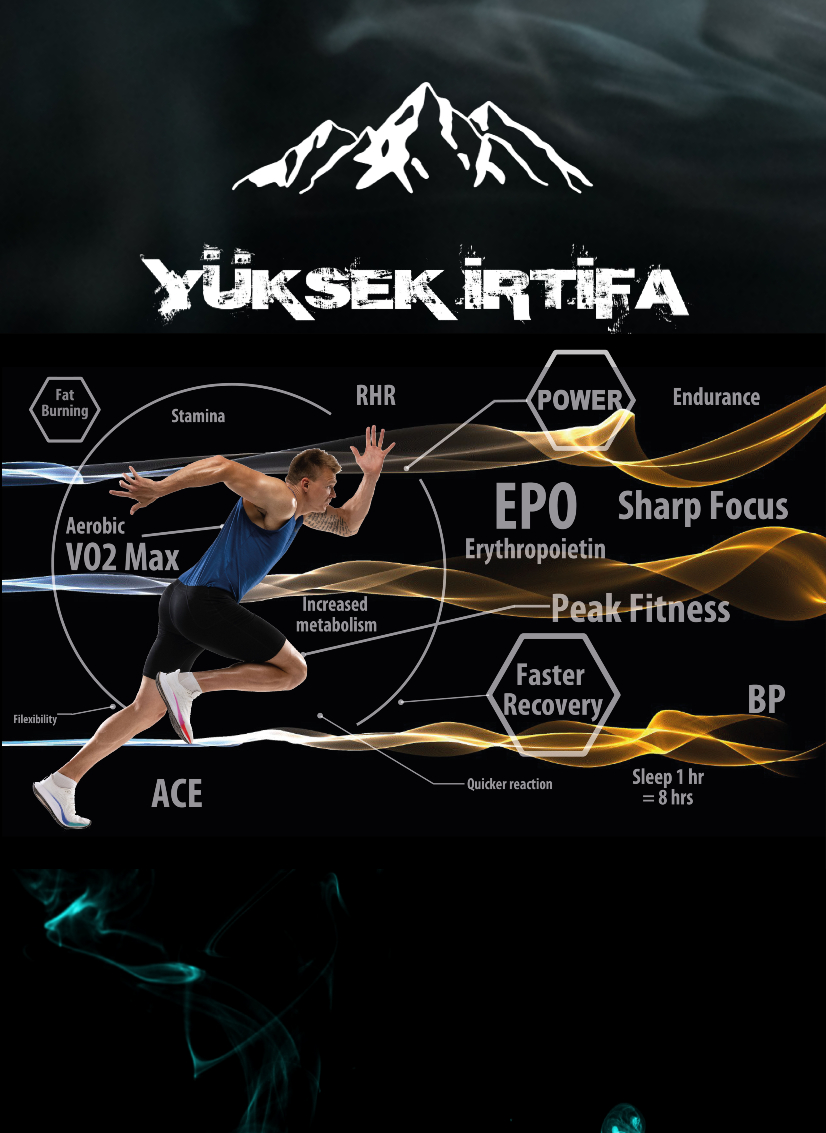High Altitude Systems
High Altitude Chambers – High Altitude in Sports and Health – Hypoxia and Its Effects – Regeneration
What is High Altitude?
High altitude means any place on Earth that is above the level of the sea. The higher the altitude, the more difficult it is for people and other living things to survive there.
How does the Altitude Change the Air Conditions?
High altitude refers to the regions of the Earth’s atmosphere where the air pressure is low and the oxygen availability is diminished for living organisms and humans to breath and survive. The altitude effect becomes more pronounced as the elevation rises. As altitude rises, air pressure drops. This happens because of the gravity. Earth’s gravity pulls air as close to the surface as possible. The highter the altitude is the weaker the gravity is. As a result, as altitude increases, air expands and the amount of gas molecules —including nitrogen, oxygen, and carbon dioxide – in the air decreases—the air becomes less dense than air nearer to sea level. This is called “thin air.” Thin air exerts less pressure than air at a lower altitude.
What is Partial Pressure?
When living creatures physically rise above a certain height, they encounter the concept of partial pressure:
- When a gas is mixed with other gases, it still acts as if it is alone in the same space and temperature. This means it has its own pressure, called partial pressure. The total pressure of the gas mixture is the sum of all the partial pressures of each gas.
The effects of partial pressure on human in high altitude are mostly related to the lack of oxygen in the air. The lower the partial pressure of oxygen, the harder it is for the blood to carry enough oxygen to the tissues. This can cause various symptoms and health problems.
What is Acclimatization?
The body automatically undergoes various physiological changes to adapt to the changes of the oxygen level. The adaptation to these changes is called acclimatization. These changes can bring both benefits and drawbacks. What happens during the acclimatization can occur in different ways for each person. If there is a lack of acclimatization negative side effects such as acute mountain sickness, various edema in the brain and lungs, dizziness, vomiting, nausea start to occur
What are the benefits of acclimatization?
Although it is different for every human being, in general, effects such as deeper more comfortable sleep, increase in appetite, feeling less tired and more energetic, sexual desire – are the most common ones. When you stay at altitude even for an hour, increase in hemoglobin levels in the body begins. However, high altitude acclimatization also requires time and proper preparation. It can take more than a week on average to fully acclimate to a certain altitude.
High Altitude Exercise
It is well known that exercising at high altitude significally improves the performance of athletes. For that reason, almost all sport clubs bring their sportmen and athletes to special camps high in mountains to train. However, long-term camps to adapt to high altitude can be challenging in terms of time and cost. Moreover, some health problems may occur in the first days due to the hypoxic environment at high altitude. High altitude simulation systems offer an ideal solution to overcome these problems. High altitude systems are special rooms that can reach altitudes of 8000 – 9000 meters in minutes. They are equipped with special equipment and analysis systems that provide these conditions. High altitude systems simulate high altitude conditions by adjusting the oxygen level to the desired value. This way, sportsmen can train at altitudes above 2200 meters like in Erzurum or 3000 meters like in Austria camps. This factor enables athletes to acclimate in a shorter time. Thus, athletes can benefit from altitude without going to any high camp center and breaking away from their routines and lives. These systems also provide a possibility for the athletes to do high altitude training throughout the year. It also brings additional benefits such as faster after injury recovery and improved sleep quality. For example, sleeping for an hour in high altitude systems is equivalent to a normal sleep for eight hours.
What happens after returning to low altitude?
After a human body is exposured to high altitude and returns back to lower altitudes or sea levels, the partial pressure increases again, exposing the body to more oxygen. The increased amount of hemoglobin in the blood allows much more oxygen to be transported to the tissues than normal. This has very beneficial effects on the body such as higher energy level and metabolic rate, resistance to physical challenges or diseases, delayed fatigue during activities, increased mental focus and many others. It has a natural doping effect. All the effects are completely harmless when returning to lower altitude. However, in order for these effects to reach optimum levels, it is necessary to spend 4 to 6 weeks in altitude conditions.
How to Optimize High Altitude Effects?
Technologies called high altitude systems have been developed to utilize the effects of high altitude in the fields of health, sports and military training of special forces soldiers and keeping them ready for operations. Although high-altitude systems are primarily developed for athletes, they are also used in wellness clubs and other areas. These systems simulate high altitude conditions by adjusting the oxygen level, and in these special rooms, the altitude can be adjusted to the desired level in minutes. It is also possible to gradually increase the altitude and go through gradual acclimatization. This system gives the users an opportunity to maintain their daily lives and routines and periodically benefit from altitude conditions to optimize their adaptation.
What is Hypoxia? The effects of high altitude
High Altitude and Sport
High Altitude and Health














